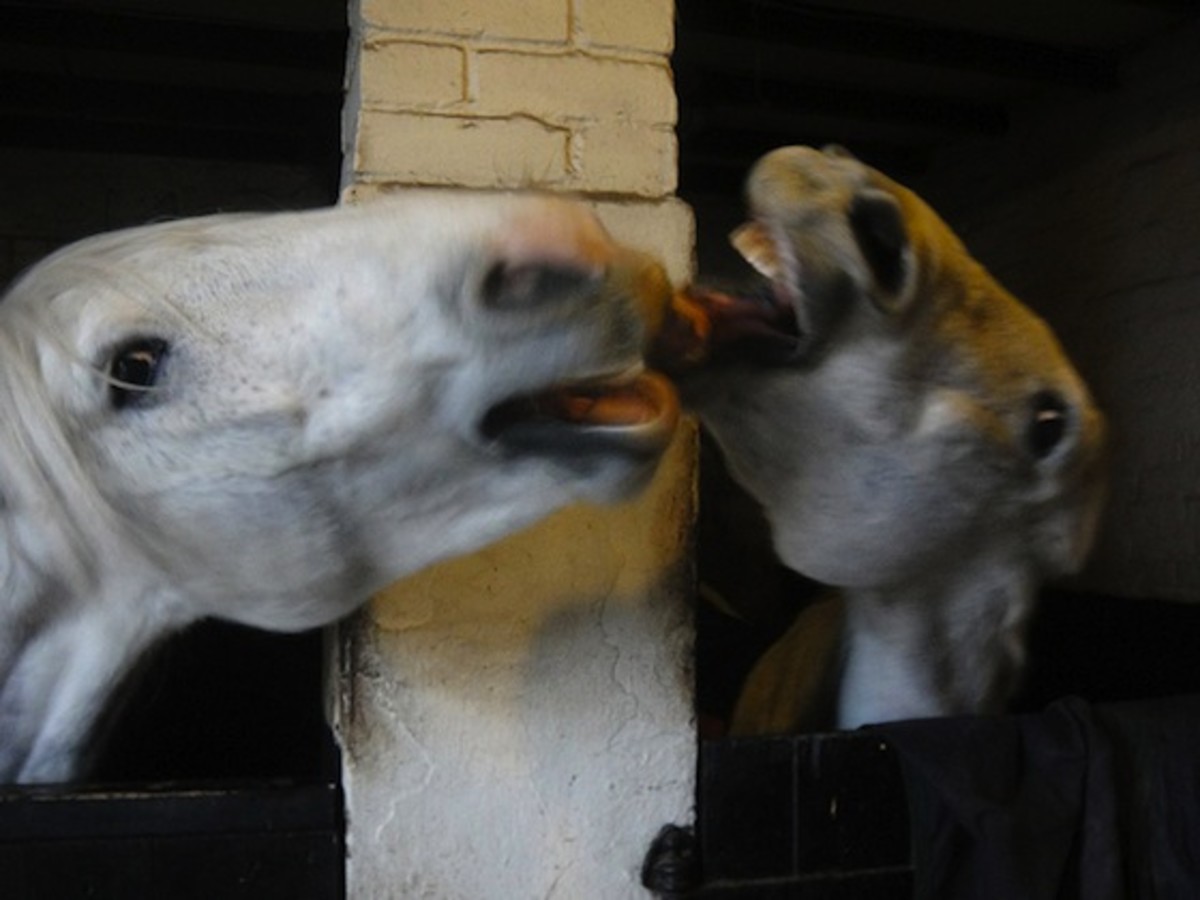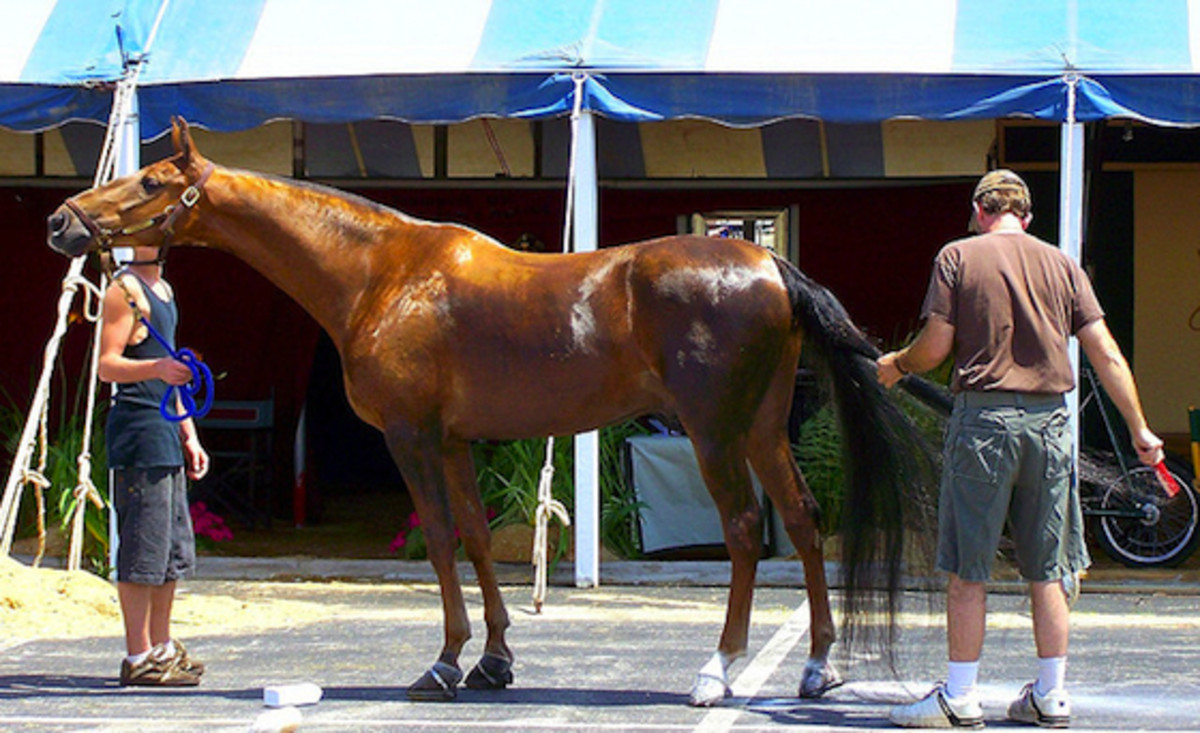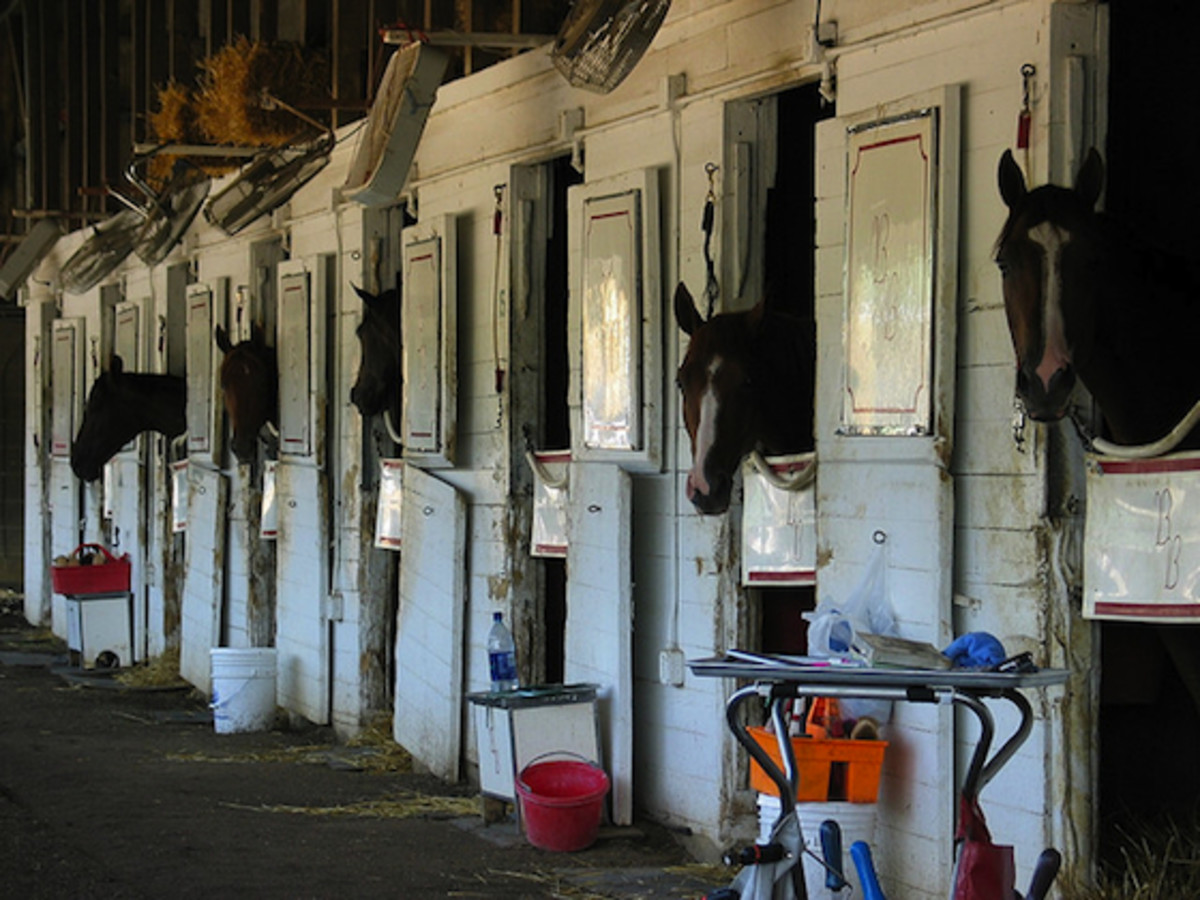Respiratory Disease: New Equine Vaccine Targets ERAV
- March 10, 2017
- ⎯ Fran Jurga
From today forward, horse owners and trainers are going to be hearing about a new vaccine–for a disease they don’t know much about…yet. Today Boehringer?Ingelheim?Vetemedica?Inc. introduced a new vaccine for Equine Rhinitis?A?Virus (ERAV).

According to the pharmaceutical company’s announcement, ERAV is a potentially overlooked causative agent of respiratory diseases affecting horses.
This disease, which affects both upper and lower airways, may be spread by contact through nasal secretions and aerosol inhalation.
ERAV has been isolated from Thoroughbred horses with acute respiratory disease in the United States, Canada, Australia, Japan and Europe, and it is emerging as an important disease in these regions.1 In a recent U.S. study, 73 percent of all sampled horses less than three years old exhibited serum-neutralizing (SN) antibodies to ERAV, and 90 percent of those four or older were positive.2

“Researchers are continuing to learn more about the prevalence of this disease,” says John Tuttle DVM, Boehringer’s senior associate director of equine professional and technical services. “Performance horses that are co-mingled, stabled, entering training and 1 – 2 years of age or older appear to be at risk.”
Early, specific diagnosis is the foundation of effective management of equine respiratory disease. Clinical signs associated with infection with ERAV may include fever, serous nasal discharge, coughing, abnormal lung sounds, anorexia, pharyngitis, lymphadenitis, increased tracheal mucus production, and occasionally, leg edema.
Infection is accompanied by?viremia?that develops three to seven days following infection and typically lasts for four to five days, with disappearance of virus from blood coinciding with onset of antibody production3.

Veterinarians should be careful not to confuse ERAV
with?rhinopneumonitis, or “rhino” (Equine Herpes Virus 1 and 4).
“The role of ERAV in causing acute respiratory disease in horses may be underestimated due to the lack of sensitivity of traditional diagnostic testing,” Tuttle says. “The virus can be detected from horses with acute,? respiratory?disease using virus isolation, PCR or paired SN assay testing.”
The USDA has granted BIVI a conditional license for a product to protect against Equine Rhinitis?A?Virus.?A conditional license is eligible for consideration when it is demonstrated that there is a need in the field for such a product. The data required for a conditional license includes demonstration of a reasonable?expectation?of efficacy, acceptable safety and purity requirements as fully licensed products. Efficacy and potency test studies are in progress. A conditionally licensed vaccine may be distributed as authorized in each state, and used by, or under the supervision of veterinarians.
“Obviously, any number of factors can contribute to respiratory diseases in horses, which is why ERAV can be so difficult to diagnose,” Tuttle says. “We are committed to helping veterinarians and horse owners understand this disease and learn more about the effectiveness of vaccination.”
To learn more:
This vaccine is brand new, and more information about the importance of protecting horses against ERAV will surely follow. In the meantime, to find out more about ERAV diagnosis and vaccination, please contact?Boehringer?Ingelheim?Veterinary Technical Services at?866-638-2226 or pursue the references for this article:
1 Warner S, Hartley CA, Stevenson RA,?Ficorille?N,?Varrass?A,?Studdert?MJ, and?Crabb?BS: Evidence that Equine Rhinitis A Virus VP1 Is a Target of Neutralizing Antibodies and Participates Directly in Receptor Binding, Journal of Virology, 75, 2001.
2 Holmes DF,?Kemen?MJ,?Coggins?L: Equine rhinovirus infection; serologic evidence of infection in selected United States horse populations, Princeton, NJ, 1978 Veterinary Publications.
3 Plummer G, Kerry JB: Studies on an equine respiratory virus, Vet Rec 74: 967 – 970, 1962.





